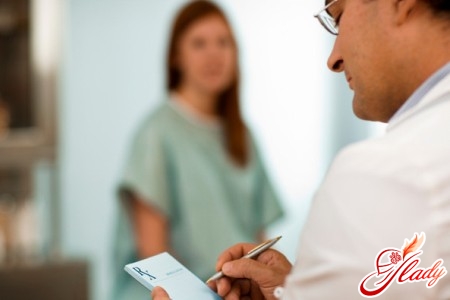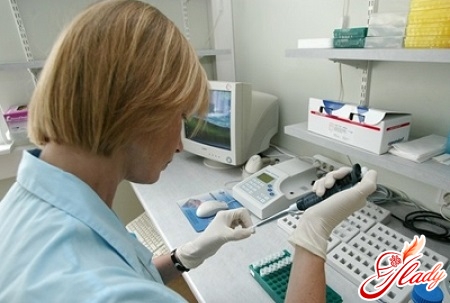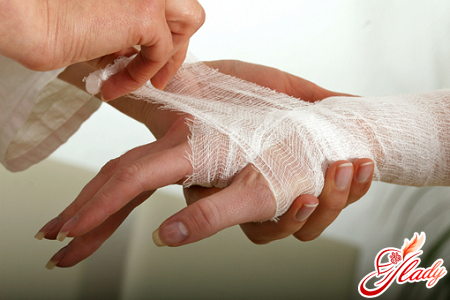
Mycoplasmosis is a diseasegenitourinary system, the causative agent of which is mycoplasma. These are microorganisms that occupy an intermediate link between unicellular and multicellular (viruses and bacteria) organisms. Depending on the conditions, they can be classified as pathogenic or opportunistic pathogens. Mycoplasmosis in women can have serious consequences, so if necessary, it is important to undergo appropriate treatment. In order to identify the infection as early as possible, you need to know what mycoplasmosis symptoms and manifestations.
Causes of mycoplasmosis in women
Mycoplasmas are considered opportunistic pathogens.microorganisms. This means that they can exist in the body of healthy people without causing infectious diseases due to the lack of pathogenic properties. However, mycoplasmas are not always harmless. According to some scientists, this infection, against the background of the presence of other pathogenic bacteria in the body, may well lead to the development of the disease. The infection can be transmitted through unprotected sexual intercourse, as well as during childbirth from mother to child.
Symptoms and Diagnosis of Mycoplasmosis in Women
Most often, mycoplasmosis occurs with latentsigns. However, the first symptoms in women may appear as scanty, almost transparent discharge. Subsequently, painful sensations may occur when urinating. As the infection spreads further, the inflammatory process of the uterus and its appendages joins these manifestations of mycoplasmosis symptoms, and occasional mild nagging pains may be observed, which intensify before critical days. With prolonged inflammation, the local immunity of the ovaries weakens and, as a result, various pathological processes begin to develop in the pelvic organs (salpingitis, abscesses, adnexitis, endometritis, etc.). Increased symptoms of mycoplasmosis may be observed with hormonal imbalances. DNA diagnostics are most often used to detect the disease. Its reliability is close to 95%. However, this method is not informative in the presence of purulent discharge. In these cases, the ELISA or sowing procedure is performed. The advantage of the ELISA method is the speed of its implementation, as well as the receipt of results (several hours). However, the reliability of this study is only 70%. The sowing takes longer - about a week. But its reliability reaches 100%.
Treatment of the disease
Treatment of mycoplasmosis in women shouldmust be carried out without fail, even if the disease does not bother. The infection is extremely dangerous during pregnancy, as it can cause intrauterine damage to the fetus, which can cause its pathological development, miscarriage, stillbirth, premature birth. Therapy for the disease should be comprehensive. Moreover, not only the infected woman should be treated, but also her sexual partner. In this case, drugs of local and general action, immunomodulators can be prescribed. The main group for the treatment of mycoplasmosis are antibiotics. First of all, these are tetracycline drugs, fluoroquinolones and macrolides. The choice of a specific medication is made by a doctor based on the test results. Antibiotics should be taken exclusively according to the prescribed regimen. The course of treatment can last 7-10 days. Suppositories containing metronidazole and drugs intended for douching can be used locally. To prevent the development of a fungal infection while taking antibiotics, it is advisable to take antifungal drugs. To avoid the development of intestinal dysbacteriosis, again when taking antibiotics, eubiotics can be prescribed. These are drugs that contain lacto- and bifidobacteria. Restorative measures after local antibacterial treatment are also necessary in the vagina. For this, suppositories with lactic acid bacteria are prescribed. With mycoplasmosis, as a rule, immunity is reduced. Therefore, it is necessary to strengthen it. For this purpose, patients are prescribed multivitamin complexes and natural immunomodulators. During treatment, you should abstain from sexual activity, or use barrier methods of contraception. When taking antibacterial drugs, it is strictly forbidden to drink alcoholic beverages. Upon completion of the course of treatment, it is necessary to undergo an examination to assess the effectiveness of the therapy. No earlier than 10 days after the end of taking medications, you should give a smear to the gynecologist for examination. This procedure must be repeated 3 times in the middle of each subsequent critical day. A negative bacteriological test result in each smear will indicate a cure.
Prophylaxis of mycoplasmosis
To prevent infectionmycoplasmosis, it is necessary to avoid casual sexual contacts. It is recommended to live sexually with one sexual partner. If you are unsure about it, you should use barrier contraception. Every six months you should visit a gynecologist for a medical examination. If any infections are detected, they must be treated immediately. In order for the body to be able to fight negative factors, it is important to maintain a high level of immunity. When planning a pregnancy, you should be examined for sexually transmitted infections.









